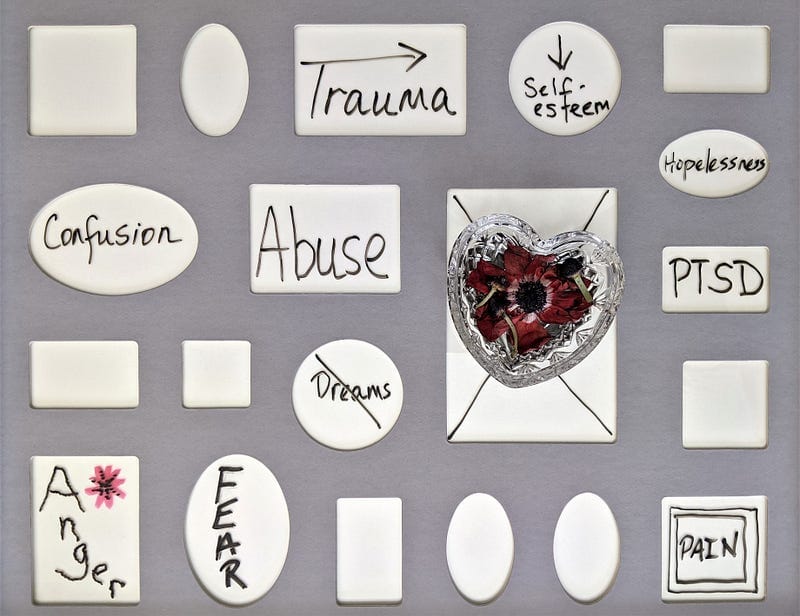Trauma Treatment and EMDR
Comorbidity, PTSD, depression, eating disorders, substance abuse

Comorbidity, PTSD, depression, eating disorders, substance abuse
There’s no way around it. It happens to everyone. The issue is the degree of the trauma, the depth of the trauma, and the extent of the trauma.
Degree of the trauma
Some traumatic events may seem inconsequential to others. Think of trauma on a continuum, from mild to moderate to severe. That determines the options for treatment. EMDR can be used for reducing or eliminating the short-term and long-term effects from multiple sources. There are 5 Mental Health Conditions that Can Benefit from EMDR.
Talk therapy can be beneficial for overcoming trauma and other mental health conditions, but it can dredge up uncomfortable emotions, and it can take a long time to see results. What if there was a therapeutic option that worked more quickly without the emotional challenges? There is, and it’s called Eye Movement Desensitization and Reprocessing (EMDR) therapy. First developed in the 1980s, and now widely embraced by mental health professionals, EMDR has been shown to treat a number of conditions, most notably trauma, adverse childhood events, post-traumatic stress disorder (PTSD), as well as related mental health issues. And experts suggest it may be more effective than traditional talk therapy.
Case studies and research are indicating that EMDR therapy may be helpful in alleviating a number of mental health conditions related to trauma, such as depression, eating disorders, substance abuse, and other psychiatric conditions.
Depth of the trauma
The depth of the trauma is the same as the severity of the event that occurred. What someone may have witnessed in a crime is a different level compared to being the victim of a violent crime. Nightmares, recurring thoughts, unsafe feelings are all part of identifying how deep is the pain.
Rumination is different than reflection. Rumination is defined as “the act of pondering or musing on something” and originates from words used to describe the chewing process of cows. In other words, going over and over and over and over the same thing.
In contrast, reflection involves reviewing or examining something or situation, but not to the point of being depressed or continuing in a mode of self-pity. Learning from the situation and letting it go is part of the process of healing from traumatic events.
Extent of the trauma
When the same negative event recurs and is long-term abuse, the recovery often is parallel to the amount of time of involvement. For example, the abuse suffered by Joyce Meyer and June Hunt in their childhood for years was not overcome quickly.
They continue now into their old age to help other children and teenagers to recover from that kind of trauma. Joyce is in her 70s; June is in her 80s. Joyce Meyer Ministries and Hope for the Heart, respectively, reach hundreds of thousands of people who have suffered all kinds of problems. They are wounded healers. Their own pain and trauma is now beneficial to others experiencing the same or similar circumstances.
There are answers to trauma of comorbidity, PTSD, depression, eating disorders, and substance abuse through EMDR. Needless suffering is alleviated by reaching out for help.
Read more from Bev about faith, freedom, writing, and life lessons.


